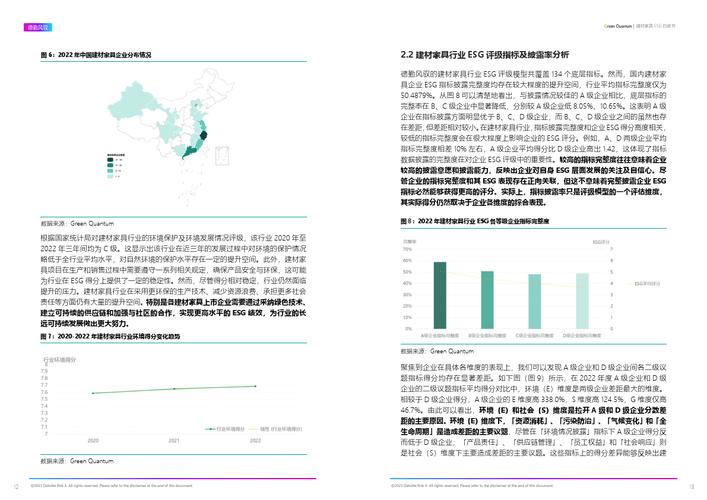家具成本预算怎么做

Understanding Furniture Cost Breakdowns
When it comes to the manufacturing and sale of furniture, understanding the cost breakdown is essential for businesses to make informed decisions about pricing, production processes, and profitability. Let's delve into the key components that contribute to the cost of furniture production:
Raw materials account for a significant portion of furniture production costs. This includes wood, metal, upholstery fabrics, foam, springs, and other materials depending on the type of furniture being manufactured. The cost of raw materials can fluctuate due to factors such as market demand, availability, and global supply chain disruptions.
Labor costs encompass wages, salaries, benefits, and overhead expenses associated with the workforce involved in furniture manufacturing. Skilled labor, such as craftsmen and artisans, may command higher wages, impacting overall production expenses. Efficient utilization of labor and automation technologies can help optimize labor costs.
The manufacturing processes employed in furniture production influence costs. Traditional handcrafted methods may require more time and skilled labor, leading to higher expenses compared to mechanized or automated production lines. Manufacturers need to balance quality, efficiency, and costeffectiveness in selecting manufacturing techniques.
Transportation and logistics play a crucial role in the cost of furniture, especially for global supply chains. Expenses associated with shipping, freight forwarding, customs duties, and warehousing impact the final cost of furniture products. Optimizing logistics can help minimize transportation costs and streamline the supply chain.
Marketing and distribution costs include expenses related to advertising, branding, showroom maintenance, and sales commissions. These costs are essential for promoting furniture products, expanding market reach, and driving sales. Effective marketing strategies and distribution channels can enhance brand visibility and competitiveness.
Overhead expenses comprise various indirect costs associated with running a furniture manufacturing business, such as rent, utilities, insurance, administrative salaries, and equipment maintenance. Managing overhead expenses efficiently is vital for maintaining profitability and sustainability.
Investments in design and innovation contribute to the differentiation and value proposition of furniture products. Design costs include expenses related to product development, prototyping, and design patents. Innovations in materials, technology, and sustainability can drive competitive advantage and justify premium pricing.
Ensuring quality control and assurance throughout the manufacturing process is imperative for meeting customer expectations and regulatory standards. Costs associated with quality inspections, testing, compliance, and warranty provisions impact the overall cost of furniture production. Investing in robust quality management systems can mitigate risks and enhance customer satisfaction.
Economic factors, such as inflation, currency fluctuations, and geopolitical events, can influence furniture production costs. Manufacturers need to adapt to changing economic conditions and implement strategies to mitigate cost volatility. Diversification of suppliers, hedging against currency risks, and agile production methods can help navigate economic uncertainties.
Setting a competitive yet profitable pricing strategy is essential for furniture manufacturers. Pricing decisions should consider factors such as production costs, market demand, competition, perceived value, and pricing elasticity. Implementing dynamic pricing strategies and monitoring market trends can optimize revenue and profitability.
Understanding the cost breakdown of furniture production involves a comprehensive analysis of various factors, including raw materials, labor, manufacturing processes, logistics, marketing, overhead expenses, design, quality control, economic factors, and pricing strategy. By optimizing each component of the cost structure, furniture manufacturers can enhance competitiveness, maximize profitability, and deliver value to customers.